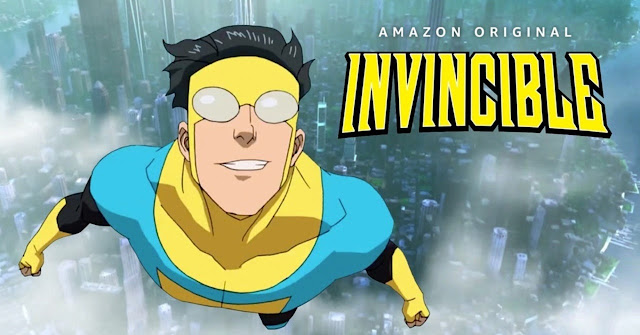My Oculus Quest 2 VR headset arrived today, and, as my wife would say, I kind of love it.
It's not perfect - I'm still fiddling with the Interpupilary Distance Settings on the eyepieces, I've been spoiled by 5K resolution on my iMac, and motion sickness is more of an immediate issue than I thought it would be, but for the most part, it does everything that I wanted - and expected - it to do beautifully.
The packaging has the sort of clean molded look that Apple uses, and it's unexpected solid, which turns out to have a practical application in this case: after all, you have to keep the headset and controllers somewhere when they're not in use. Oculus recommends that you charge the headset before your first use, but once you're charged and ready to go, setup is simple - the unit started up with no problems, the controllers paired up easily, and I was able to seamlessly connect to our wireless router.
There's one setup feature that reviewers cite as a possible deal breaker for the Quest 2: you need to have a Facebook™ account. I haven't used Facebook on a social basis for perhaps a decade, but I had to create a placeholder account at work to access our corporate page, so I was fine. Users with more active accounts may want to adjust the privacy settings once they have the headset running.
The unit has a number of features intended to minimize the environmental
hazards of VR, such as mapping your surroundings on the headset’s
external cameras so that you don't break your favourite lamp - or your 60 inch TV set - while engaged in furious virtual lightsaber combat, and a highly useful option where double-tapping on the headset
frame switches your view to the external camera sensors, which allows
you to re-orient yourself in your space - not to mention find your
controllers when starting up.
The
gaming library isn’t huge, but it’s surprisingly affordable. PC games
generally weigh in at $50-60 and up, whereas the Oculus games seem to
uniformly fall into the $20-30 CAD range. There are also some free
downloads and demos, which happily includes the ISS experience that captured my
imagination in New York, and the Space Pirate Trainer demo, a short introduction to a simple futuristic two-gun arcade shooter that was unexpectedly fun, and went right onto the shopping list.
Along with the full version of Space Pirate Trainer, the store features a Walking Dead first person shooter/survival game set in New Orleans, the well-reviewed Red Matter puzzle solving game, and Star Wars games such as a three-part Darth Vader series, Vader Immortal, and Tales from the Galaxy’s Edge, a semi-open world game set in the world of Galaxy’s Edge at Disney World and Disneyland. I chose Tales from the Galaxy's Edge as my inaugural purchase, and the process was simple and the download wait was negligible.
Tales wisely doesn't attempt to provide photorealistic resolution, but the 3D illusion is astonishing, especially in the views from the orbiting cargo hauler. The controllers show as gauntlets equipped with different control options, and when you look down, you discover that you're wearing an vest/tool belt combination, with holsters and loops for tools, weapons and drones, along with a storage pouch. I'm amused to discover that the bar which acts as a sort of home base on Batuu overlooks the central plaza in Black Spire Outpost. (Been there, done that, and I have the T-shirt - actually, two t-shirts, come to think of it.)
In the interests of fair franchise representation, there’s also a Star Trek Bridge Crew game, but it doesn’t seem to have the same range of play and action as the Star Wars games. On the other hand, given that motion sickness due to perceived movement is something of an issue, maybe buying a game where you sit still in a nice chair on the bridge of the USS Enterprise is a smarter idea than I think it is.










